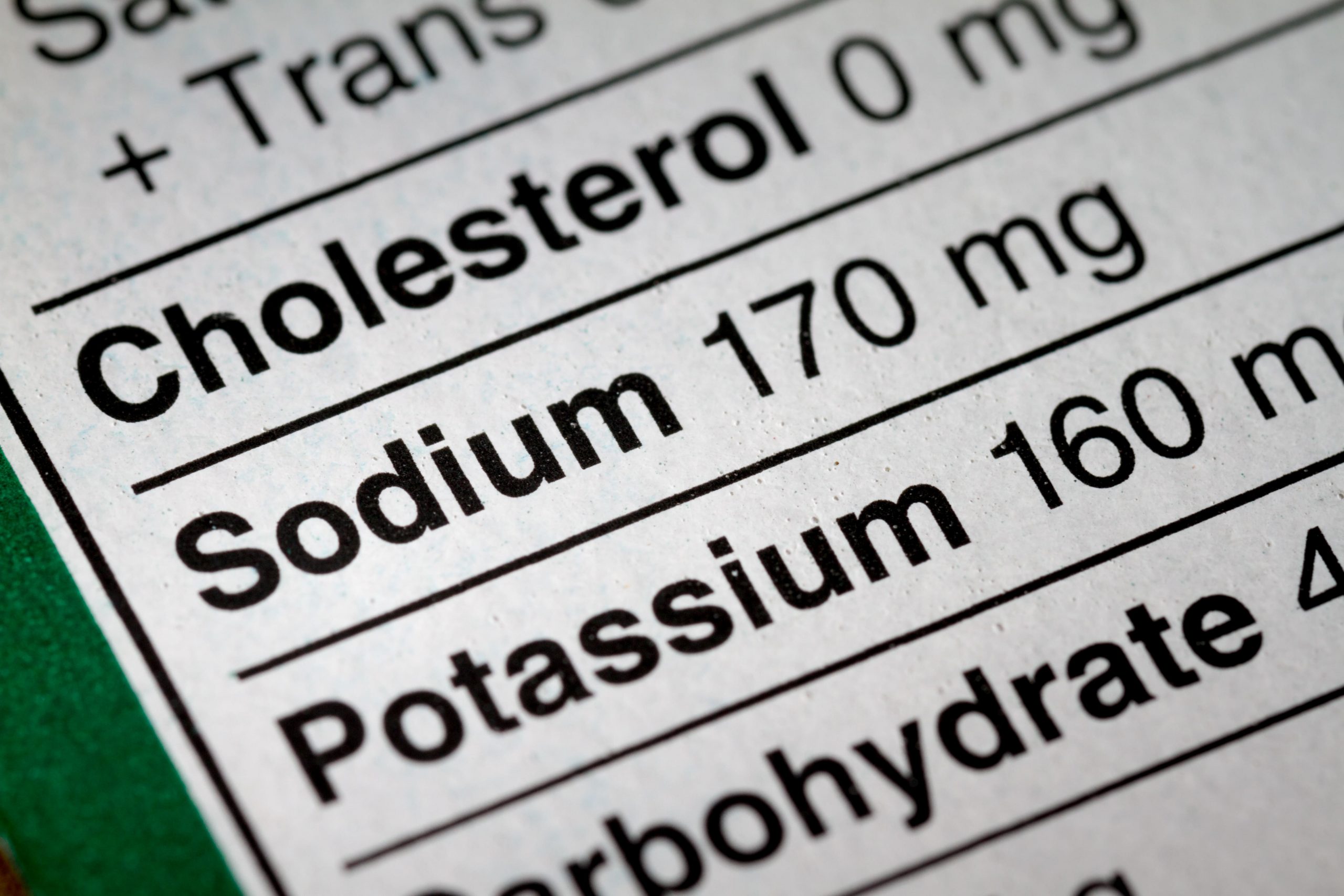Understanding the Nutrition Facts label has become a necessary ability for everyone trying to make better food choices as health and wellbeing take increasing importance. Almost every packaged food item has this label, which provides important information about your diet including calorie count and proportion of crucial nutrients. Still, many individuals ignore or misinterpret the material given even if it is very important. Deciphering the label will enable you to keep an eye on your sugar, salt, fat, and beneficial nutrient intake—including fiber, protein, and vitamins. Learning to read and comprehend this label is essential whether your goals are weight management, medical condition control, or just better general nutrition. This page dissects every component of the label to enable you to make confident and wise choices every time you buy.
Start with the Serving Size
Setting the basis for all the other data on the Nutrition Facts label, the serving size is first and most important. Located at the top of the label, the serving size tells you the quantity of food that all the nutritional information refers to—whether it’s a cup, piece, or number of grams. Pay close attention to the number of servings per container, too. Many people mistakenly assume the entire package reflects the listed nutrients when, in fact, it may contain two or more servings.
Why does this matter? If you consume two servings instead of one, you need to double everything else on the label—calories, fats, sugars, and so on. Comparing serving sizes across similar products also helps you determine which offers more nutritional value per bite. This first step is the key to interpreting the rest of the label accurately and avoiding unintentional overconsumption.
Check the Calories
Calories measure the amount of energy you get from a serving of food. On the label, you’ll typically see the number of calories listed per serving, not per package. Understanding your daily calorie needs depends on your age, gender, activity level, and health goals. For the average adult, daily calorie needs range from 1,800 to 2,500 calories per day. Use this number to assess whether a product fits into your dietary goals.
Remember that calories are not inherently bad—it’s the quality and source that matter. Focus on nutrient-dense foods that provide vitamins, minerals, and fiber in addition to calories. Foods high in calories but low in nutrients—like soda, chips, or pastries—can lead to weight gain and nutritional deficiencies when consumed in excess. Monitoring calorie content in tandem with nutrient information helps you find balance.
Examine the Nutrients to Limit
The next section of the label outlines nutrients that should generally be consumed in limited amounts: total fat, saturated fat, trans fat, cholesterol, and sodium. Diets high in these elements have been linked to heart disease, high blood pressure, and other chronic conditions. Trans fat, in particular, should be avoided altogether, as it increases bad (LDL) cholesterol and lowers good (HDL) cholesterol.
Sodium is another critical factor, especially for those with hypertension. The recommended daily sodium intake for adults is less than 2,300 mg. Processed and packaged foods often contain hidden sodium, so checking the label can prevent accidental overconsumption. When comparing products, choose those with lower percentages of these nutrients per serving—ideally 5% Daily Value (DV) or less.
Focus on Nutrients to Get More Of
Not all nutrients are ones to avoid—many are essential for your body to function optimally. Look for foods that are high in dietary fiber, vitamin D, calcium, iron, and potassium. These nutrients support strong bones, oxygen transport, immune function, and digestion. Unfortunately, many people don’t get enough of them, so choosing foods with higher percentages of these can help bridge the gap.
The label indicates the % Daily Value for each nutrient based on a 2,000-calorie diet. A good rule of thumb is: 5% DV or less is considered low, and 20% DV or more is high. For example, a cereal that offers 25% DV of iron is a great source of that nutrient. Prioritize these positive nutrients to maintain energy levels, immunity, and long-term health.
Deciphering the Ingredient List
While not technically part of the Nutrition Facts label, the ingredient list—usually found just below it—offers vital insights into the food’s quality. Ingredients are listed in descending order by weight, meaning the first few ingredients make up the majority of the product. If sugar, enriched flour, or hydrogenated oils appear at the top, it’s a sign the item may not be as healthy as it seems.
Also watch out for hidden sugars, which may appear under names like high-fructose corn syrup, dextrose, maltose, or cane juice. The fewer and simpler the ingredients, the better. Natural, whole-food ingredients are typically more nutritious and less processed. This part of the label can help you distinguish between truly wholesome products and those that just appear healthy on the surface.
Conclusion
Understanding the Nutrition Facts label is a powerful step toward better health and smarter food choices. By learning to interpret serving sizes, calories, nutrient values, and ingredient lists, you equip yourself to make decisions that align with your dietary goals. It may take a little practice at first, but with time, reading labels becomes second nature—leading to a more balanced, informed, and nutritious lifestyle.
